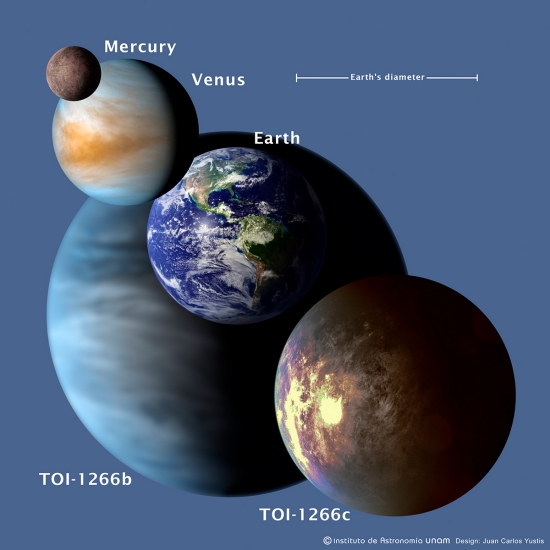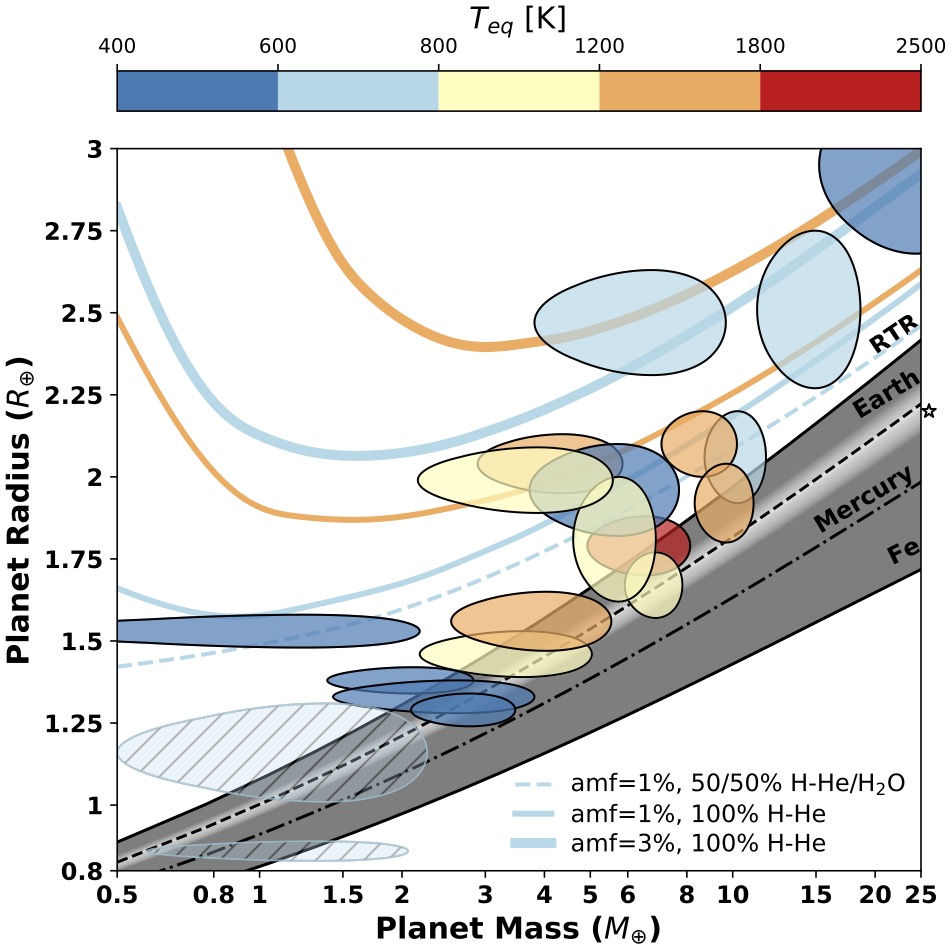https://arxiv.org/abs/2011.11560







From a sandy spit in Florida, an ear-shattering rumble followed by a sky-splitting streak of light heralded the launch of NASA’s Lucy mission, a twelve-year effort to explore sky-borne fossils. The mission began its journey to visit seven asteroids, with orbits stretching from Mars to Jupiter.
Like artifacts from someone’s childhood, Lucy’s targets will help unravel the rich and complex story of the Solar System’s earliest days. But these targets promise an even deeper glimpse than before because of exactly where they orbit. These asteroids have been trapped for billions of years in a spiderweb woven from gravity, the subtle strands of which were teased apart in 1770s Prussia by the Franco-Italian heir to Newton’s legacy.
Continue ReadingI gave a presentation at this year’s Division for Planetary Science‘s annual meeting about the publication process for The Planetary Science Journal. The presentation is below.

WASP-12 b is in trouble. A giant ball of mostly hydrogen, the planet circles its star once every 25 hours. The resulting intense stellar irradiation drives super-sonic storms of plasma around the world, and the atmosphere has so much thermal energy, in fact, that some of it is escaping into space. But it gets worse. WASP-12 b is steadily tumbling toward its host star, and astronomers expect that, within a few million years, the star will eat the planet.
WASP-12 b is one of a few hundred hot Jupiters, gas giants very close to their stars, and so far, it’s the only one we have confirmed in a death spiral. Many other hot Jupiters probably are probably also condemned, but how many more can we find perched on the edge of destruction? And, come to think of it, how did the planets find themselves in such precarious positions in the first place? To answer these questions, astronomers need to understand how many hot Jupiters there are out there and how many more are left to be found.
Continue Reading
Daedalus’ situation was desperate: to keep the secret of the labyrinth, King Minos had trapped its creator, Daedalus, and his son Icarus in the maze with the man-eating Minotaur. In a fit of inspiration, Daedalus crafted two pairs of wings of feathers and wax. As they flew out over the Aegean Sea, Daedalus admonished Icarus not to fly too close to the Sun or else the wax holding the feathers would melt.
Famously full of flawed physics, this fabulous fable foreshadows the forbidding future for a planet newly discovered using data from NASA’s TESS Mission. Dubbed a “warm Jupiter”, TOI-3362 b swings around its host star every 18 days. Like Jupiter, it is a gas giant planet (with a mass five times greater than Jupiter’s), but, unlike Jupiter, It sweeps past its host star every 18 days on a wildly elongated orbit that flash-heats the planet. And like Icarus, TOI-3362 b will one day plunge disastrously into the sea (although in this case, it’s not the warm Aegean but a sea of molten plasma).
Continue Reading
When the first exoplanets were discovered, astronomers were shocked to find gas giants like Jupiter but zipping around their host stars in days rather than years. These hot Jupiters orbited so close that astronomers worried they might eventually spiral into their stars. Although no one has yet seen a planet disappear, mounting circumstantial evidence suggests perhaps 35% of stars actually do consume their planetary children.
Continue Reading